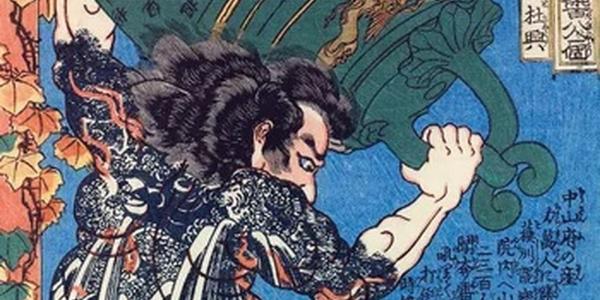Travel, Encounter, and the "Shuihu-esque" in Meiji-Period Japan
This presentation focuses on the reception and continued popularity of Chinese vernacular fiction in Meiji Japan (1868-1912), with special focus on the Ming novel The Water Margin (Ch. Shuihu zhuan, Jp. Suikoden). The story of 108 outlaw gallants who band together in the marshes of northeastern China, The Water Margin reached new heights of popularity in the modern era, when Japanese authors as disparate as Mori Ōgai, Masaoka Shiki, and Akutagawa Ryūnosuke presented the novel as an uncannily proto-modern example of literary realism, as well as a key point of entry in understanding contemporary Qing-period China. Japanese readers interested in contemporary Chinese politics and society argued that the dynamic and complex world of the Liangshan marshes acted as a "snapshot" (shashin) or microcosm of China as a whole, and presented the novel as a way of understanding and explicating a region that Japanese travelers encountered firsthand in increasing numbers in the final years of the Qing. In my presentation, I discuss an intertwined discourse of novels and nationhood and examine the processes by which The Water Margin was selected as a window into the contemporary China newly open for firsthand experience, exploration, and ultimately, colonization.
Registration is required to attend lecture. Once registered you will receive the Zoom link.
Supported by a gift from Leung Tung Peter & Lin Young.
Organized by East Asian Languages and Cultures.

